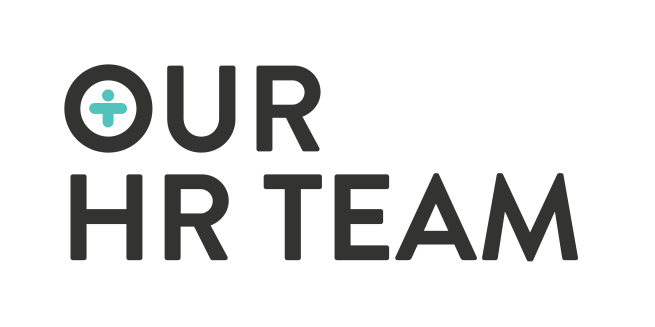By Kerrie Briggs | Senior HR Consultant

A HR publication, HR Daily, released an article this month on the rise in burnout causing serious health issues in the workplace. In the first quarter of 2022 we have helped multiple businesses navigate this minefield.
The reality is that individuals and businesses have had to navigate very challenging times – from a pandemic that has resulted in ongoing changes within businesses and resourcing constraints as a result of a number of things from loss of work to dealing with staff impacted by the virus, to more recently – the floods which has devasted many homes and businesses.
The stress of dealing with how a business is impacted can sometimes mean our attention is elsewhere. These events alone are enough to test the most resilient of us however there is a need to make sure we are continually checking in on team members to understand how they are doing and what support they may need. When stress and emotions are heightened work that was perhaps manageable can become unmanageable and more difficult to navigate.
In some organisations more than 50% of employees will experience symptoms of burnout referring to emotional and intellectual exhaustion. Some typical factors that contribute to burnout in a work setting are lack of workplace culture, feeling undervalued, lack of community amongst colleagues, feeling disconnected from their work.
Burnout may lead to some very real health concerns such as diabetes, high blood pressure, anxiety and insomnia. This may stem from a sense of feeling demotivated, not wanting to exercise, eat nutritious meals or take care of your own wellbeing. It can become just a fight to cope.
In May 2019 the World Health Organisation recognised burnout as a serious health problem and finally classified it as a mental condition. From an organisational perspective burnout can cost you dearly. Employees are more likely to take sick leave, or even look for another job increasing your turnover, recruitment costs, and reducing your revenue.
Burnout is simply a condition that no one is immune to.
So, what can a company do to help combat escalating cases of burnout?
- Create a caring and supportive environment
Encourage staff to take regular breaks from their desk, to not take work home in the evenings and to approach their manager if they are feeling overwhelmed. Promote a healthy work schedule, if as a manager you tend to work long days make sure your staff know that it’s ok for them to leave, burning the midnight oil on a regular basis is not productive for anyone.
- Open communication
Follow an open-door policy and schedule regular catch ups with your team members. Be honest and transparent and encourage communication about life rather than just work. Diving straight into task orientated conversations can leave an employee feeling more like a number and less like a person, which can overall instil heightened levels of pressure and disconnectedness.
- Consider your resources
Often dedicated employees work harder and harder, unwilling to turn down requests for help. Take time to review whether you are staffed correctly, would you benefit from an additional resource? Neglecting to resource correctly will leave employees picking up the slack and productivity taking a hit.
4. Consider EAP
If you do not have an Employee Assistance Programme (EAP), consider researching these. Many EAP providers offer monthly wellbeing initiatives focussed on different factors such as nutrition, exercise, and sleep. They provide multiple tools including webinars, fact sheets and videos that can help employees refocus on wellbeing.
- Health Ambassador
If an EAP isn’t for you, or if you want to heighten your wellbeing initiatives consider a dedicated Health Ambassador. This person would be a volunteer within your organisation responsible for review wellbeing initiatives that could be incorporated each month, such as a lunch time walk club, yoga sessions, or a fruit box delivery. Small gestures that give wellbeing a place in your company culture.
Burnout will always exist but by following some of these simple guidelines it may help to prevent burnout within your team. The more you care for your employees, the more your employees will care for the company. After all an organisation is only as healthy as the people who work for it……





